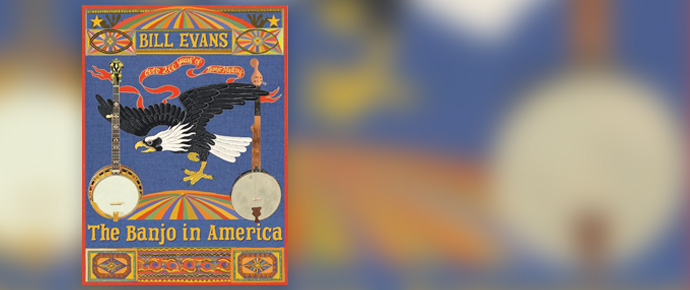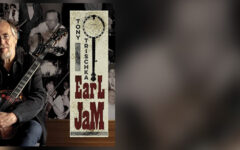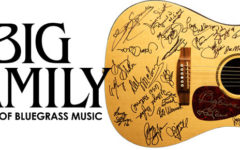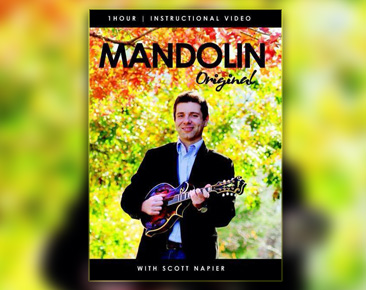
The banjo has lengthy origins dating all the way back to the 1870s. Since the 1990s, banjoist Bill Evans has concisely presented this history in a solo performance titled The Banjo In America, giving audiences a taste of numerous banjo styles on period correct instruments. Evans has now released a DVD/CD combo of this presentation under the same name, which contains nineteen different pieces performed on ten different banjos.
The compositions and the instruments Evans uses vary in provenance. Pompey Ran Away & Phil Rice’s Excelsior Jig are both pieces with West African and Caribbean roots.
Devil’s Dream is a tune that most bluegrass audiences associate with Bill Keith and his melodic style of banjo, but the rendition Evans plays is drawn from Phil Rice’s Method for the Banjo: With or Without a Master from 1858. It’s played alongside Bully For All & St. Patrick’s Day which come from Frank B. Converse’s 1865 banjo method.
Pretty Polly, based on the 1927 recording by Dock Boggs, is widely known due to the classic rendition by Ralph Stanley. Home Sweet Home is a tune most familiar to banjo players through Earl Scruggs or Don Reno, yet the rendition played here contains many different variations. Devil’s Dream, Pretty Polly, and Home Sweet Home are all perfect examples of why a project such as this is so important. It both educates and allows the listener to examine the roots of these tunes on an even deeper level.
Other pieces such as Sunflower Dance and A Ragtime Episode come from classic and ragtime traditions while Coal Creek March and I’ll Remember You Love In My Prayers are rooted in old time styles.
The Banjo In America also contains six of Bill Evans’ original compositions. Native and Fine, the title track of Bill’s first solo recording is a haunting piece in D minor. Petersburg Gal is a straight up traditional bluegrass piece that should please any fan of Scruggs style picking. The closing track is a medley featuring Leaving Owensboro, Catching the Dickens, and Corey’s Slide. These three tunes are a really great conclusion to this work as they have the most modern feel of all the pieces on this project.
The DVD, directed by David Bragger, is also very well done. There are really great closeups of Evans’ right and left hands, which should be helpful to any banjoist trying to learn these tunes. The accompanying booklet is extremely informative, not only giving historical information about these pieces, but also explaining which banjos are being played and which tunings are used for each composition.
The Banjo In America is one of the most important projects to come along in a long time. Bill Evans has presented over two hundred years of banjo history in a way that a listener or musician can fully comprehend and enjoy. This release should be in the collection of any aspiring banjoist trying to gain a deeper understanding of the biography and culture of this beloved instrument.







